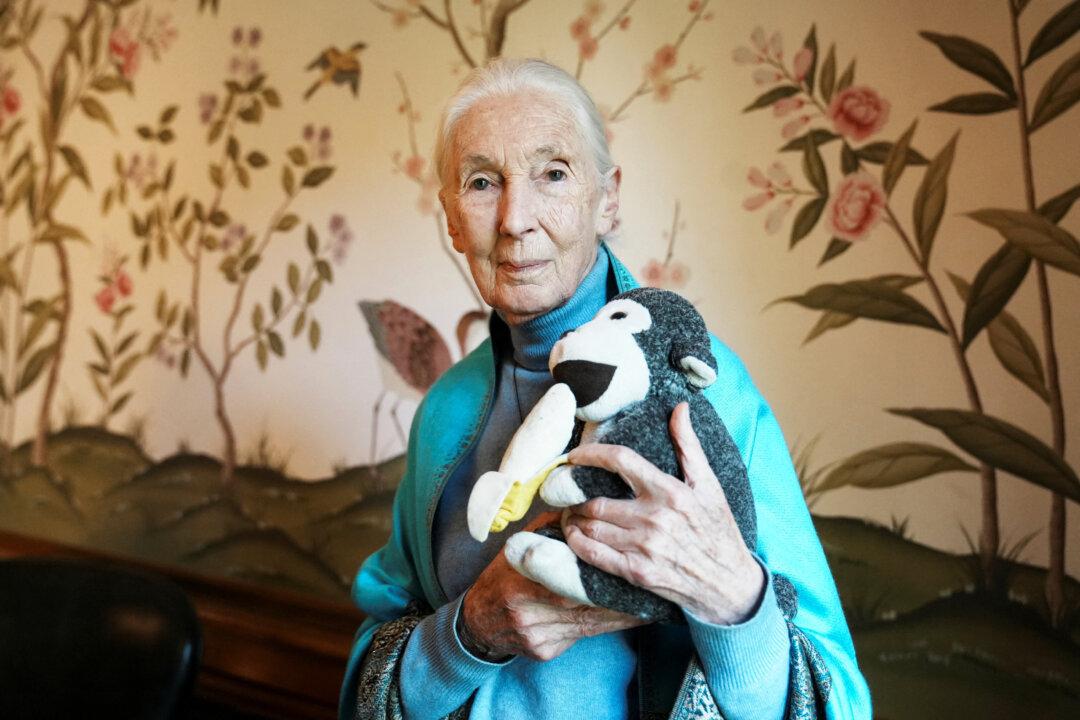WASHINGTON—Richmond Federal Reserve president Thomas Barkin said Friday he is comfortable with further interest rate increases if coming data does not show that weakening demand for goods and services is feeding through to slower inflation.
“I am still looking to be convinced of the plausible story that slowing demand returns inflation relatively quickly” to the 2 percent target, Barkin said in comments prepared for delivery to the Maryland Government Finance Officer Association. “If coming data doesn’t support that story, I’m comfortable doing more.”





